The Start
Henry Ford had a small side project while serving as the chief engineer for the Edison Illuminating Company. Ford was hard at work creating the “Quadricycle,” a gasoline-powered horseless carriage, in the shed outside his house. The Ford Motor Company was founded as a result of this discovery.
Sales for the Quadricycle soared, and soon more than half of American drivers had one. What then motivated Henry Ford to create the Model T? And what ultimately caused his death?
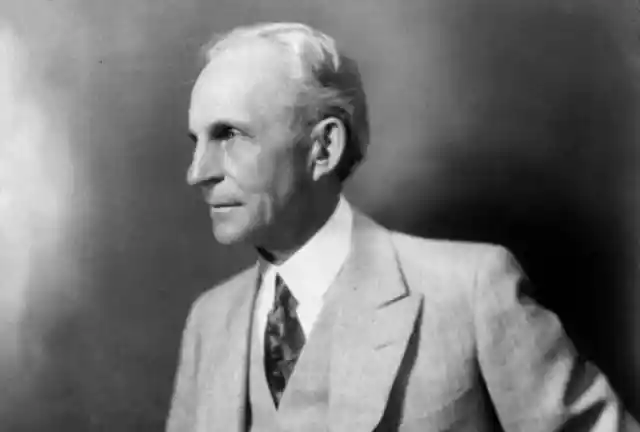
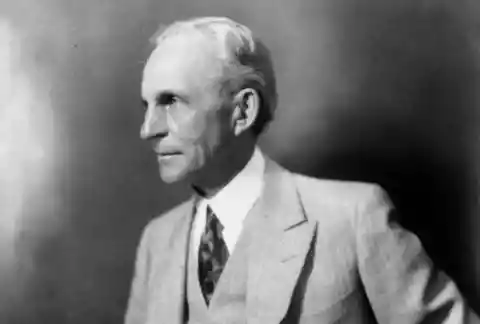
Ford needed to comprehend how the watch functioned. So what should you do if you want to understand how a piece of equipment operates? You disassemble it and then put it back together, and Ford did just that. The future owner of a vehicle firm was disassembling and reassembling timepieces for his neighbors and friends by the age of 15.
Ford quickly gained a reputation as the town’s watch repairman. When Ford was 12 years old, he witnessed a live Nichols and Shepard road engine. Ford had never before seen a car that wasn’t being carried by horses. The moment he saw this farm machine, his mind started to work.
Ford’s Steam Engine
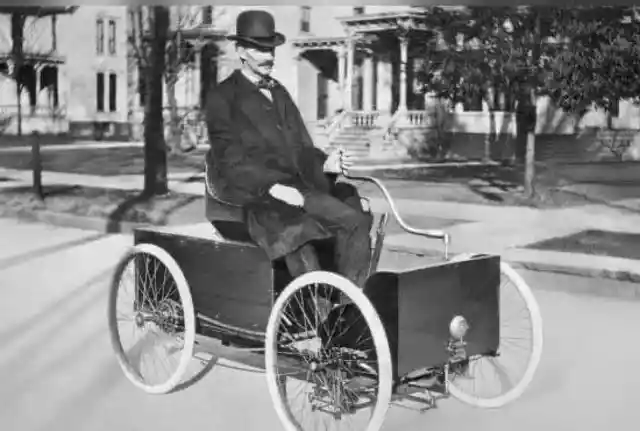
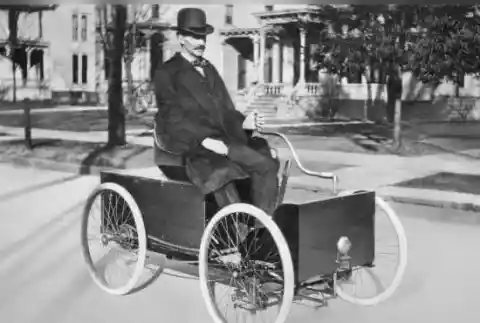
Eventually, in 1882, Ford went back home to work on his family’s farm after transferring his apprenticeship to the Detroit Dry Dock Co. Ford devoted a large portion of his time to developing engines for smaller vehicles while also attending Detroit’s Goldsmith, Bryant & Stratton Business College to learn bookkeeping.
Ford created a steam carriage using the knowledge he gained during his apprenticeship, but after realizing how dangerous the boiler could be, he decided that “steam was not ideal for light vehicles.” Additionally, he was aware that the cost of trolley lines prevented him from starting any electrical experiments. Ford added that a storage battery that could fit inside a compact vehicle did not exist.
Gasoline-Powered Horseless Carriage

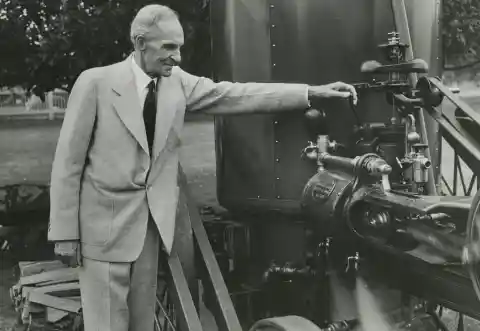
Around this time, his wife Clara gave birth to Edsel Ford, the couple’s only child. Ford was working irregular and long hours and was often on call. However, following his promotion, he finally had enough free time to begin working on his new project: an automobile, which is another name for a gasoline-powered horseless carriage.
The engineer finally finished his “Quadricycle” in 1896, which had a light metal frame with four bicycle wheels and a motor attached. According to Ford, the motor’s two-cylinder, four-horsepower gasoline engine was capable of propelling the vehicle between 10 and 20 miles per hour. This was a significant accomplishment, and Ford was anxious to enhance his original design.
A Skilled Marketer
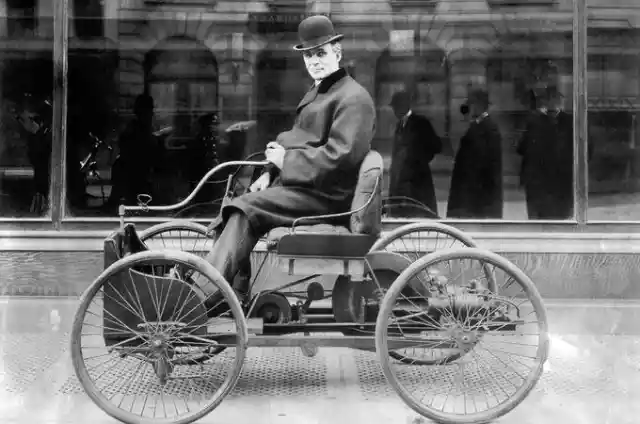
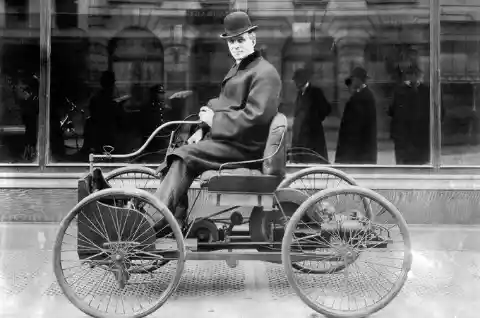
The original Model-T cost $825, or $25,480 in today’s dollars. Ford, however, was committed to creating a car that everyone could buy. The cost of the car decreased yearly, and by the 1920s, the majority of Americans had acquired their driving skills on the Model T. Ford was not only an excellent engineer but also a skilled marketer.
To make sure that every newspaper in the nation ran articles and advertisements about the Ford Motor Company, he set up a gigantic publicity machine in his hometown of Detroit. Additionally, Ford had a vast network of auto dealers who made sure that his vehicle was available in every American city.
Ford Motor Company
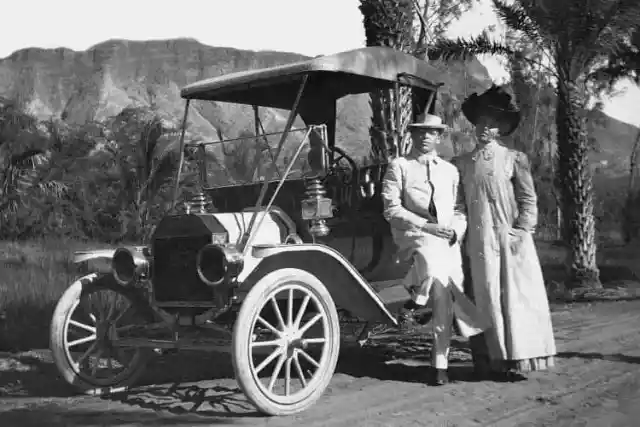

There was difficulty in paradise even though everything appeared to be going fine on the outside. William Murphy, one of Ford’s major investors, hired Henry Leland as a consultant. Ford took offense to this, and as a result, he left the organization. Murphy renamed the business the Cadillac Automobile Company when Ford left.
Ford, however, was unconcerned because he was confident that he would secure the support of yet another investor, and that is exactly what happened. He finally created what is today known as the Ford Motor Company in June 1903. The engineer started working right away. He wanted to showcase a brand-new design that had made his business the most recognizable in the United States.
From watches to automobiles, Henry Ford had a knack for machinery. His curiosity would lead him down the path of automobile manufacturing and eventually change the way Americans traveled, though, not without hiccups. Regardless, Ford’s vision and perseverance live on every time we get behind the steering wheel.